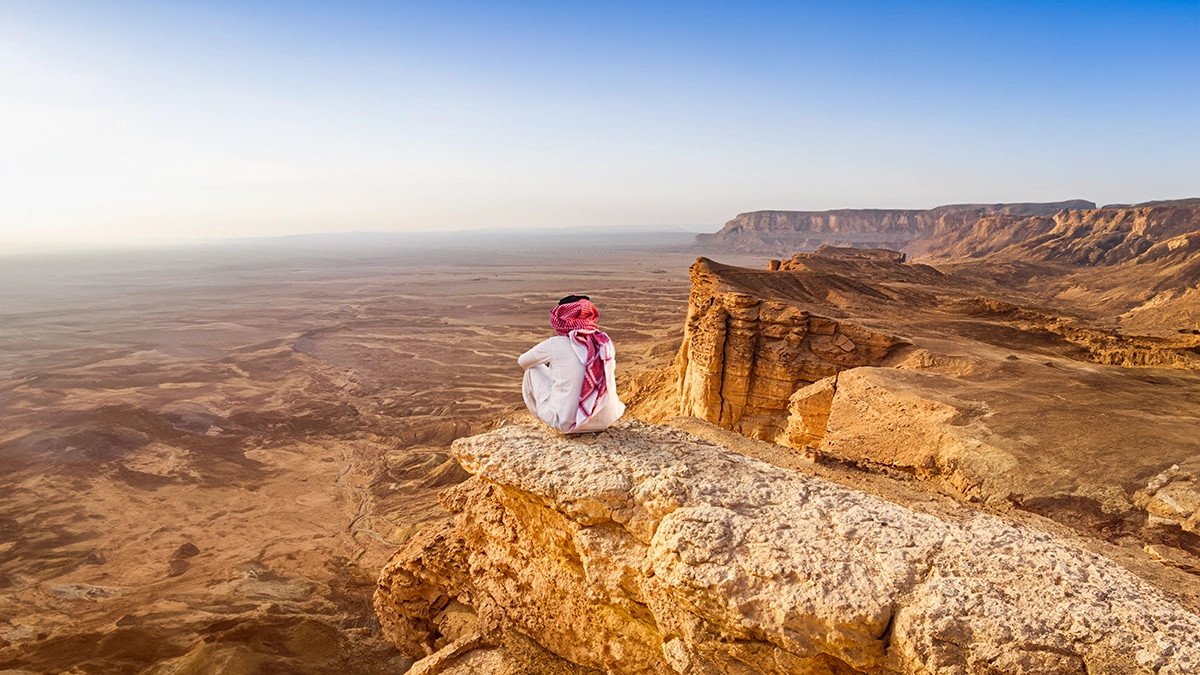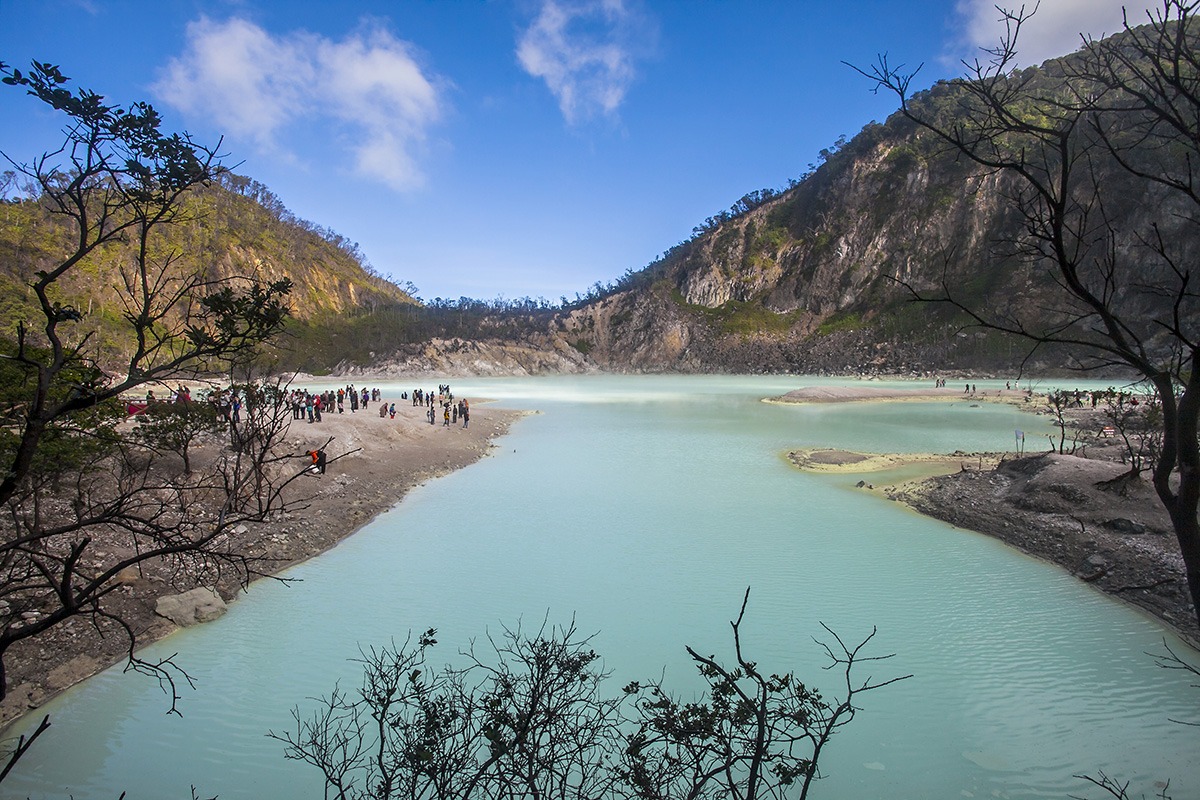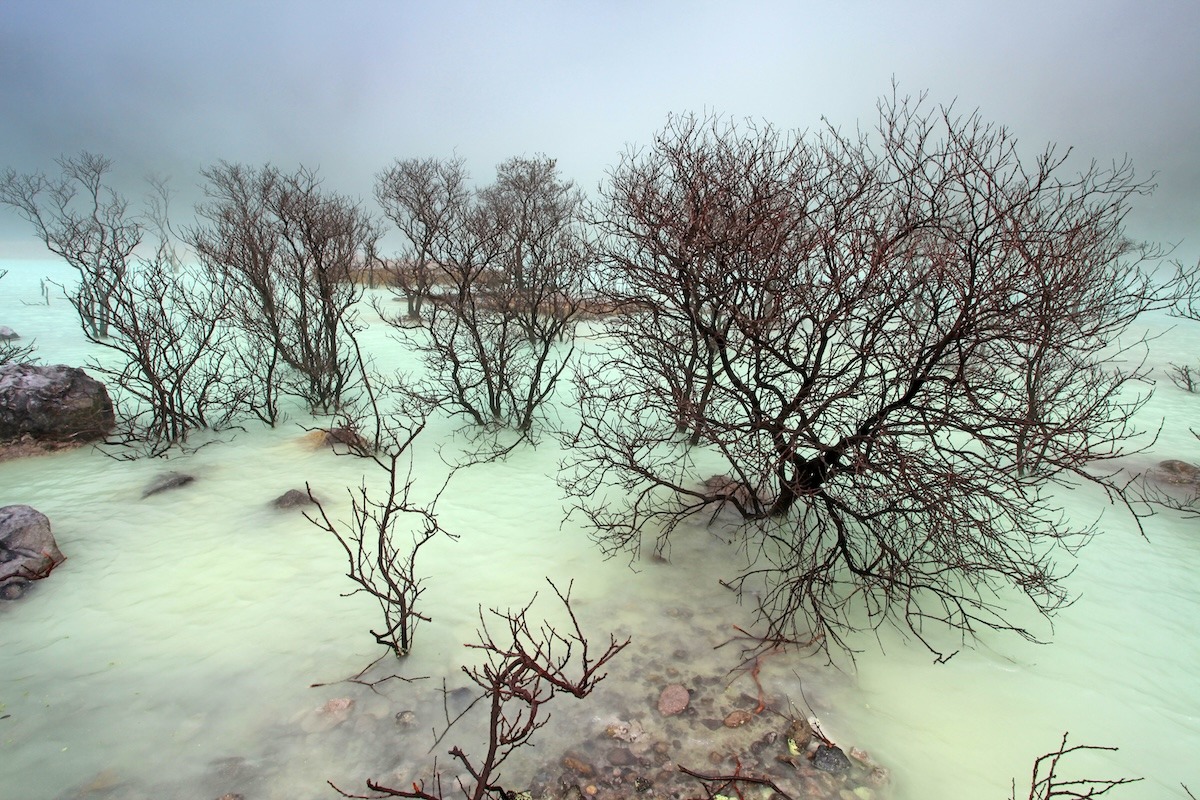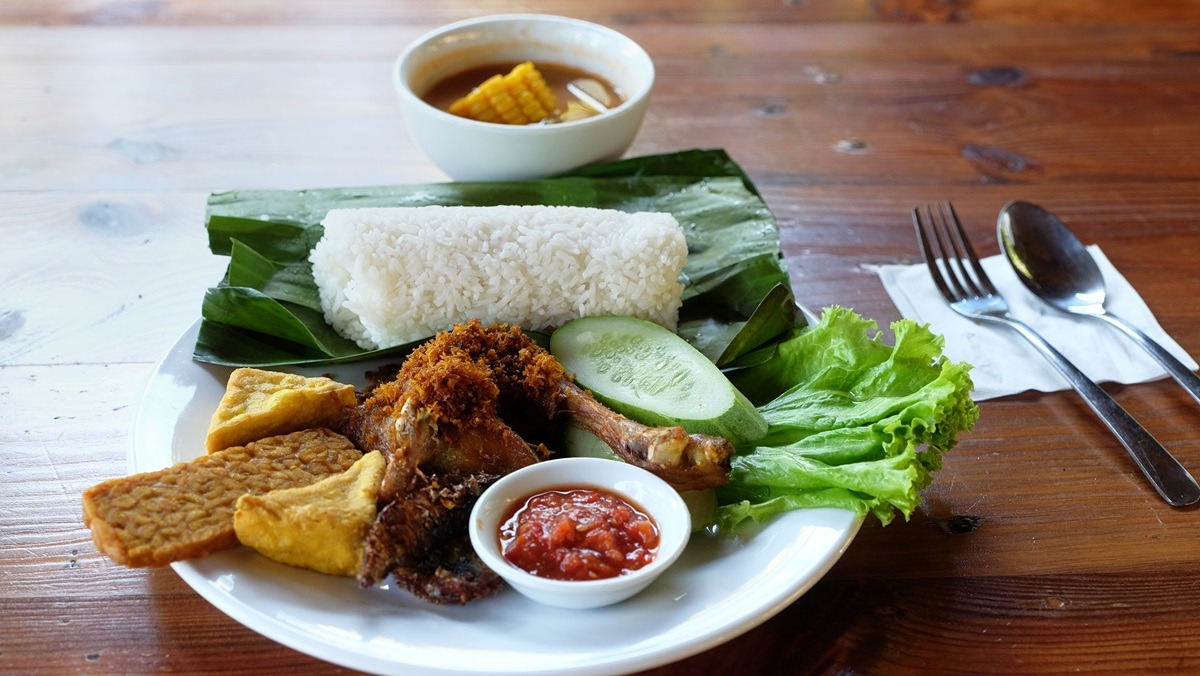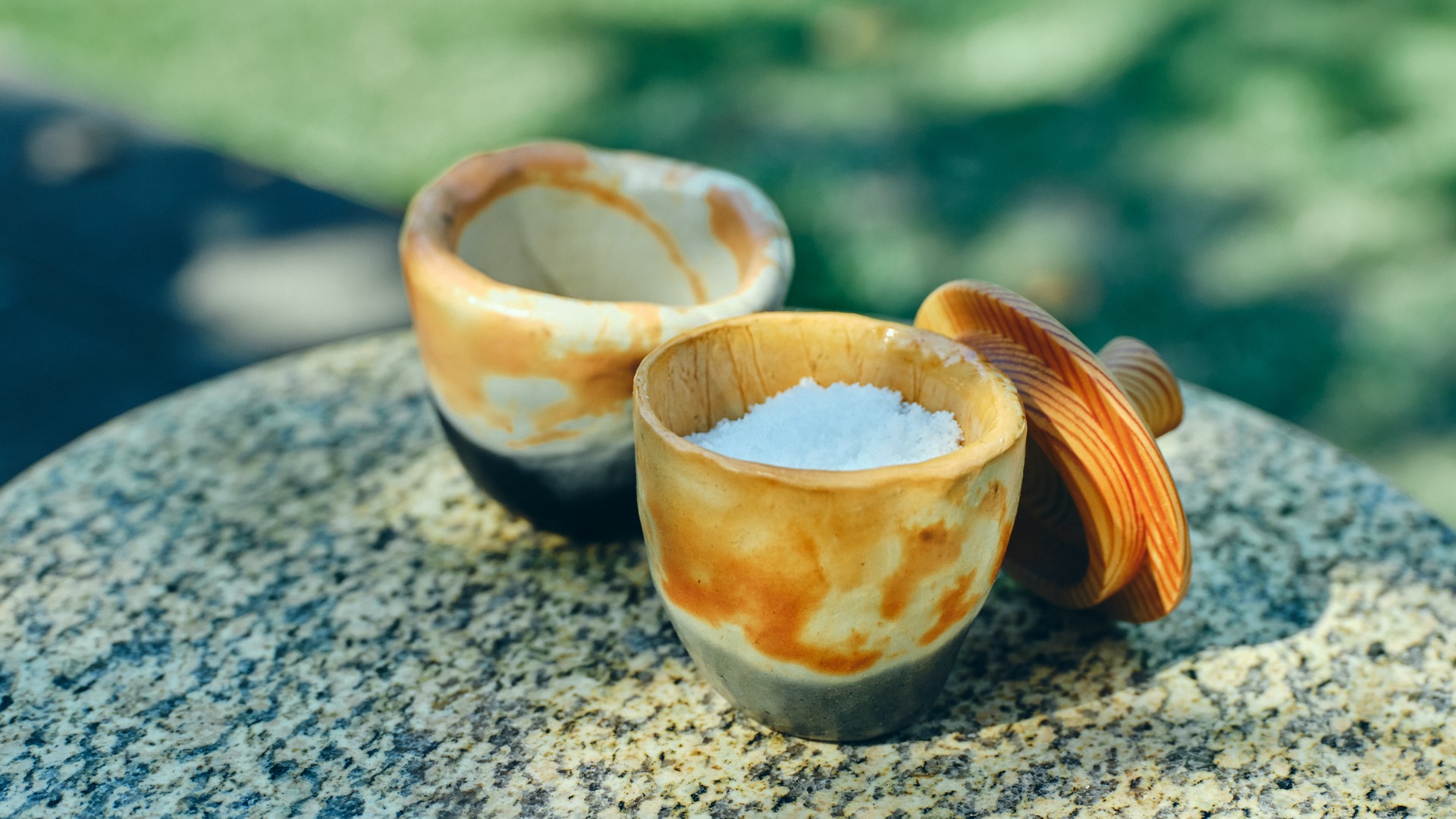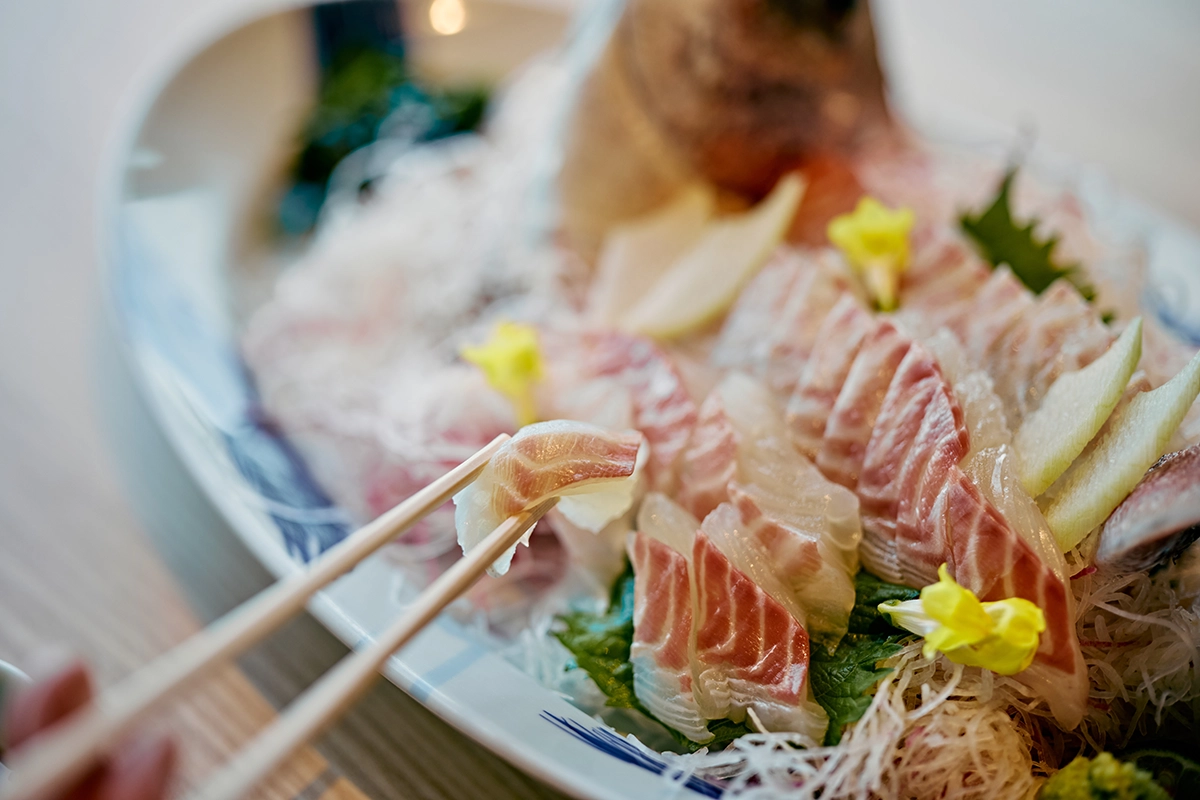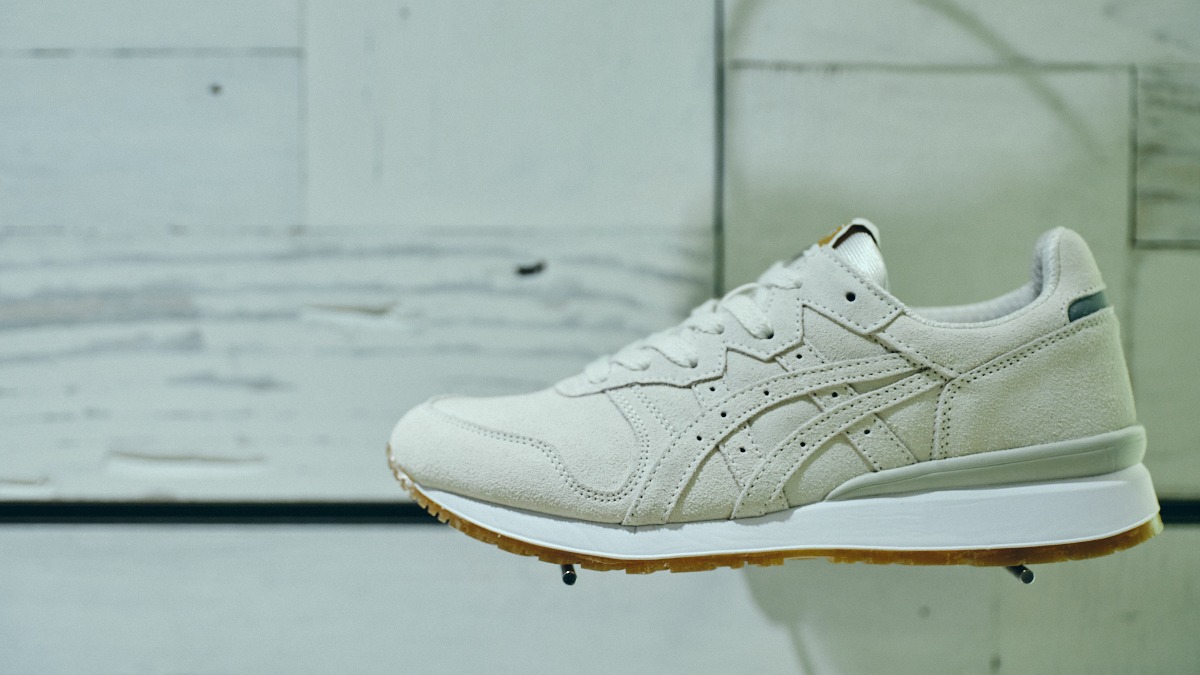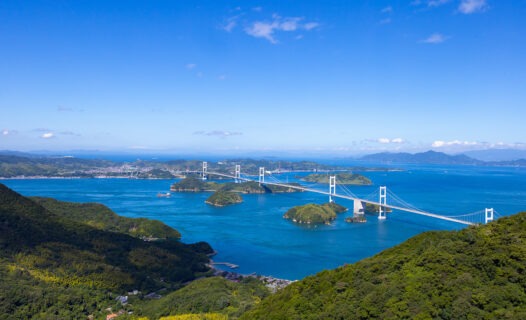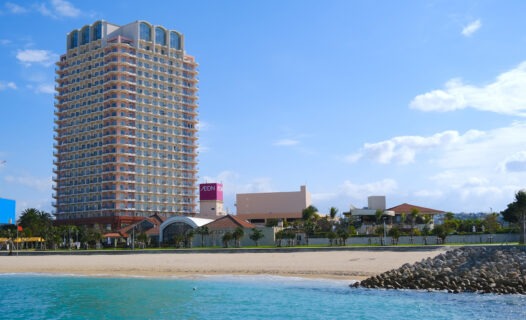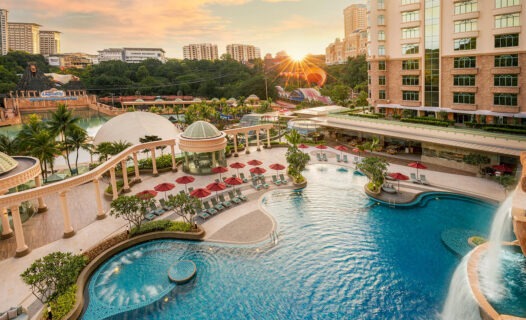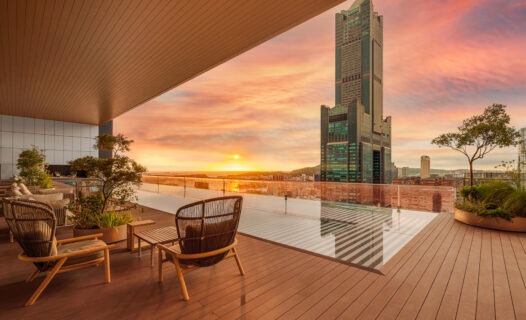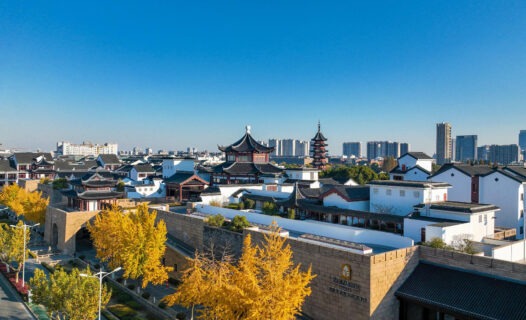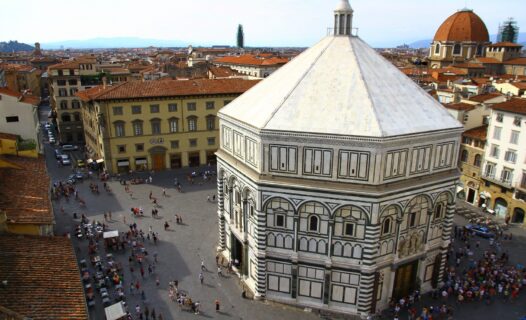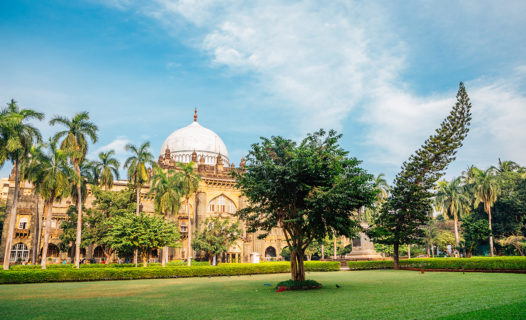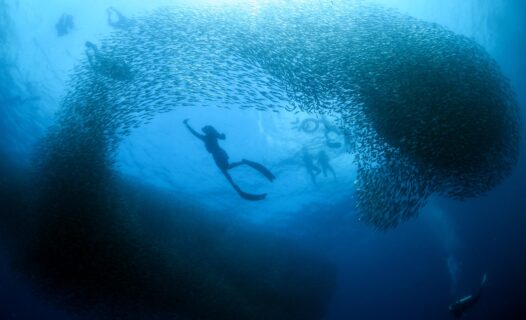Imagine a pristine, white landscape contrasted by a striking turquoise lake. This surreal scenery is what you’ll find at Kawah Putih, also known as the White Crater, located in Ciwidey, Bandung. Let this ultimate travel guide be your companion as you navigate the natural wonder that is White Crater.
Overview of Kawah Putih
White Crater is a sulfuric crater lake formed as a result of the volcanic activity of Mount Patuha. The lake’s white-greenish hue is due to its high sulfur content, giving it an otherworldly appearance. Surrounded by dense forest and hills, Kawah Putih offers a serene escape for nature lovers.
Getting There
By Car
The most convenient way to reach Kawah Putih is by car. It is located approximately 50 kilometers south of Bandung city, and the journey takes around 2 hours. Car rentals are available in Bandung, or you can opt for a taxi.
Public Transportation
If you prefer public transportation, you can take a bus from Bandung to Ciwidey, and then catch an angkot (local minibus) to the White Crater area. From the entrance gate, you can take a shuttle to reach the crater itself.
Best Time to Visit
The best time to visit Kawah Putih is during the dry season, between July and September. The weather during this period is relatively cool and clear, providing the best conditions for exploring and photography.
Things to Do at White Crater
Photography
The ethereal beauty of Kawah Putih makes it a popular spot for photography. Capture the striking contrast between the milky white soil and the vibrant sulfuric lake. Early mornings and late afternoons offer the best lighting for photographs.
Hiking
While you cannot hike around the lake itself due to the high sulfur content, there are several trails in the surrounding area that offer stunning views of the crater and the lush landscape.
Visit Tea Plantations
Combine your trip to Kawah Putih with a visit to the nearby tea plantations in Ciwidey. Take a relaxing stroll through the tea fields and maybe even enjoy a cup of freshly brewed local tea.
Historical Context and Folklore
Kawah Putih holds a significant place in local folklore. According to legend, it was discovered by the local people who noticed that birds flying over the area would suddenly drop dead. The lake was initially feared, but during the Dutch colonial era, a German botanist named Franz Wilhelm Junghuhn confirmed that the mysterious deaths were due to high sulfur concentrations. Since then, Kawah Putih has become a cherished natural wonder.
Culinary Delights Near Kawah Putih
After a day’s exploration, indulge in the local culinary offerings in Ciwidey. You can find traditional Sundanese dishes such as Nasi Timbel (rice wrapped in banana leaves) and Pepes Ikan (spiced fish wrapped in banana leaves) at local warungs (small restaurants).
Practical Information for Travelers
Entrance Fee and Opening Hours
The entrance fee to Kawah Putih is IDR 110,000 for international tourists. The site is open daily from 7:00 AM to 5:00 PM. Remember to bring cash as card payment options might not be available.
What to Pack
- A jacket or sweater, as the temperature can be quite cool.
- Comfortable walking shoes for exploring the area.
- A mask or scarf to cover your nose if you find the sulfur smell overwhelming.
Accommodation Near Kawah Putih
Several hotels and guest houses are located near Kawah Putih. One popular option is the Patuha Resort Kawah Putih, which offers comfortable accommodations and is conveniently located close to the crater.
Embark on a journey to discover the mystical beauty of the White Crater in Bandung. From its striking sulfuric lake to the surrounding natural landscapes, Kawah Putih promises an unforgettable experience filled with awe and wonder.
